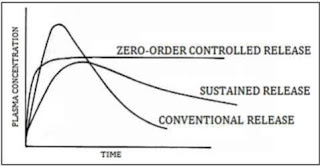How does the buffer work?
A buffer solution is a solution of a specific pH in which a small amount of acid and a small amount of alkali are added but the pH does not change much. There are generally two types of buffer solutions:
1) Acidic buffer.
2) Alkaline buffer.
The weak acid solution of its conjugate base is an acidic buffer solution. And a weak base and its conjugate acid is an alkaline buffer solution.
Such as:
CH3COOH + CH3COONa —------ (1)
NH4OH + NH4Cl —------- (2)
Here reaction (1) is an acidic buffer and reaction (2) is an alkaline buffer.
From reaction 1 we get,
CH3COOH=CH3COONa- +H+
If we add a small amount of acid (H+) inside this solution, it will react with CH3COO to produce unsaturated CH3COOH.
CH3COONa = CH3COO- + Na+
And if we add a small amount of alkali (OH), it will react with H+ to form H2O. And as much as OH- reacts with H+, H+ will separate from CH3COOH and keep the pH of the solution unchanged.



Comments
Post a Comment
Thanks